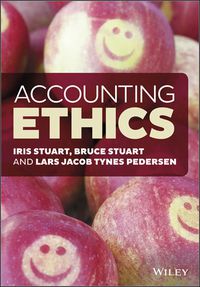Question
Case Study: A Firm's Dividend Policy: Residual or Active Strategy Background: A firm's dividend policy is a crucial aspect of corporate finance, impacting shareholder wealth
Case Study: A Firm's Dividend Policy: Residual or Active Strategy
Background: A firm's dividend policy is a crucial aspect of corporate finance, impacting shareholder wealth and influencing the company's capital structure. Two prominent approaches to dividend policy are treating dividends as the residual part of a financing decision or adopting an active policy strategy.
Residual Dividend Policy: This approach assumes that after meeting all investment and operational needs, dividends are paid from what remains, i.e., the residual earnings. The primary focus is on retaining earnings for reinvestment in profitable projects.
Active Policy Strategy: In contrast, an active policy involves a deliberate and proactive decision-making process regarding the payment of dividends. The company may set specific dividend payout ratios or follow a consistent pattern of dividend payments.
Case Scenario: ABC Corp, a publicly traded company, is at a crossroads regarding its dividend policy. The management team is contemplating whether to treat dividends as the residual part of a financing decision or to adopt an active policy strategy.
Option Analysis:
A. Earnings should be retained and reinvested as long as profitable projects are available. This statement aligns with the residual dividend policy. If ABC Corp adopts this perspective, dividends will be paid only if there are no profitable investment opportunities. The focus is on maximizing shareholder value through prudent reinvestment.
B. Dividends are important to shareholders; any earnings left over after paying dividends should be invested in high-return assets. This perspective leans towards an active policy strategy. It acknowledges the importance of dividends to shareholders but suggests that any surplus earnings should be strategically invested in high-return assets, reflecting an active decision-making approach.
C. Dividends are relevant to a financing decision. This statement does not align with the residual dividend policy. Residual dividend proponents argue that dividends are a byproduct of the financing decision and are not directly relevant to it.
D. Dividend payments should be consistent. This perspective is more in line with an active policy strategy. Consistency in dividend payments is a characteristic of an active policy, where the company deliberately sets and maintains a specific dividend payout pattern.
Objective Type Question: Which dividend policy approach is consistent with the idea that dividends should be paid only if there are no profitable projects for reinvestment?
Residual Dividend Policy
Active Policy Strategy
Consistent Dividend Payment
Irregular Dividend Payment
Step by Step Solution
There are 3 Steps involved in it
Step: 1

Get Instant Access to Expert-Tailored Solutions
See step-by-step solutions with expert insights and AI powered tools for academic success
Step: 2

Step: 3

Ace Your Homework with AI
Get the answers you need in no time with our AI-driven, step-by-step assistance
Get Started


